What's in a Name?
Yesterday, the American Ornithological Society announced that they're going to change the names of birds named for people.
(Listen to the radio version here.)
Imagine that you’ve spent a lifetime, starting as a small child, learning about birds—not just their names but how they lived day after day, season after season, year after year. Then one day, out of the blue, someone tells you that those names are all wrong. To be taken seriously by any ornithologist, you must learn an entirely new set of names.
That’s what happened to Native people when self-proclaimed experts started assigning American birds scientific and English names in the 1700s and 1800s. Most of those experts never saw the birds they renamed as living, breathing creatures—just as stuffed specimens in museum drawers. And many of those specimens were shot and sent to museums by the same military men who were banishing Native families to reservations or killing them.
On November 1, the American Ornithological Society announced that it is planning to change the English-language names of birds named after people, starting with the birds in the United States and Canada. AOS President Colleen Handel said:
There is power in a name, and some English bird names have associations with the past that continue to be exclusionary and harmful today. We need a much more inclusive and engaging scientific process that focuses attention on the unique features and beauty of the birds themselves. Everyone who loves and cares about birds should be able to enjoy and study them freely—and birds need our help now more than ever.
When I started studying birds, I couldn’t help but notice that a lot of them were named for people, and assumed at first that those people had devoted their lives to studying the birds carrying their names. But I wondered about that when I learned in ornithology class about two species whose lives had been thoroughly studied by individuals. Margaret Morse Nice had written a two-volume treatise about the Song Sparrow, and Val Nolan, Jr. was working on one about the Prairie Warbler, yet neither of those birds was named for them.
Taking ornithology at Michigan State, I learned about Kirtland’s Warbler, the one bird whose entire breeding range was in Michigan. Confusingly for me, three different distinguished ornithologists had spent large parts of their careers studying it—Lawrence Walkinshaw, Josselyn Van Tyne, and Harold Mayfield. It took me a while to learn that the naturalist honored in the bird’s name, Jared Kirtland, may never have seen a live Kirtland’s Warbler. He simply owned the farm in Ohio where his son-in-law shot a specimen and sent it to the Smithsonian where the curator, Spencer Baird, named it.
In the 1980s I bought Choate’s Dictionary of American Bird Names, which had a biographical section about the people honored with bird names. Several species were named for military officers (Abert, Bendire, Couch, Hammond, McCown, McKay, Scott, and Williamson) posted in the Great Plains, West, and Southwest in the 1800s. Some of them kept journals about natural phenomena, but their main ornithological accomplishment was shooting birds and sending them off to museums. Meriwether Lewis described and collected a lot of birds during the Corps of Discovery expedition, but on their return, he suffered from crippling depression and didn’t publish any of his findings, giving later explorers naming rights for birds they collected and described. Alexander Wilson, who wrote the nine-volume American Ornithology, named Lewis’s Woodpecker and Clark’s Nutcracker for Lewis and Clark.
Of course, all the birds collected and “discovered” by these explorers and ornithologists were already well known to people living in America before Columbus got lost, so the word “discovery” in this context means what I mean when I say my little grandson Walter just “discovered” ladybugs or grasshoppers.
The more I learned about the rules of nomenclature for both scientific and English names, the more exclusive and clubby they seemed, with some birds named for a shooter’s friend, wife, or financial backer, and virtually none named for a person who studied the living, breathing creature. Naming the Blackburnian Warbler for the English botanist, Anna Blackburne, who financed the collectors sending her specimens for her personal collection is rather like naming Major League Baseball fields for their corporate sponsors, like the White Sox’s Guaranteed Rate Field or the Phillies’ Citizen’s Bank Park. Doesn’t such an ethereal little gem deserve better?
So I didn’t like naming birds for people even before I learned how many of the military officers so honored turned traitor, joining the Confederate Army to defend their state’s right to continue slavery. Two exquisite birds, Townsend’s Solitaire and Townsend’s Warbler, commemorate a man who savagely robbed the graves of Native people to display their skulls in his private collection to “prove” that his race was superior.
John James Audubon himself denigrated abolitionists and used his acclaimed backwoods skills to guide a family who had escaped back to their enslavers.
As a 71-year-old birder who committed so many bird names to my own memory half a century ago, I’m sure I’ll get mixed up more than once learning the new names. I’ve heard some people my age whining that bird names are somehow sacred—that it’s an outrage against centuries of history to change them. But how about the outrage against centuries of history to keep from scientific records the original names of those birds?
What’s in a name? That which we once called McCown’s Longspur is just as sweet as the Thick-billed Longspur. The American Ornithologists’ Union that I joined in 1978 went through its own name change in 2016, becoming the American Ornithological Society and we all adapted. After 45 years of membership, I’ve never been prouder of this organization I love than I was yesterday when they announced this important new policy.



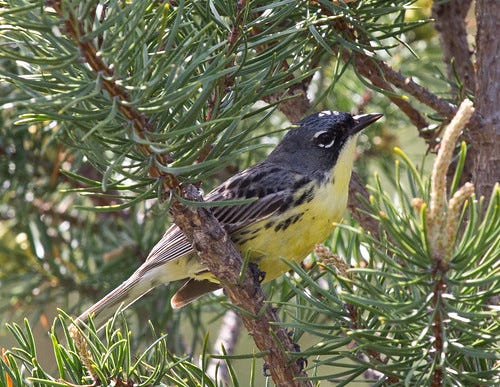
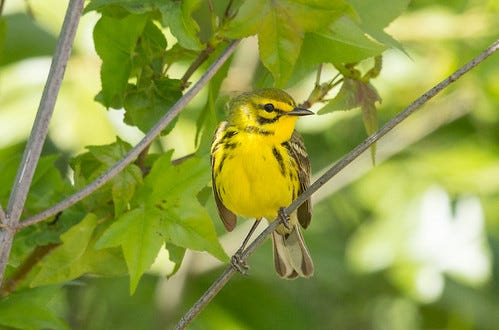
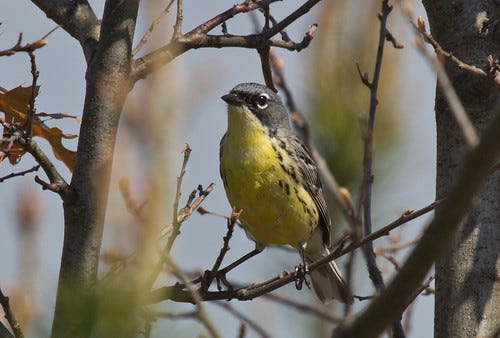
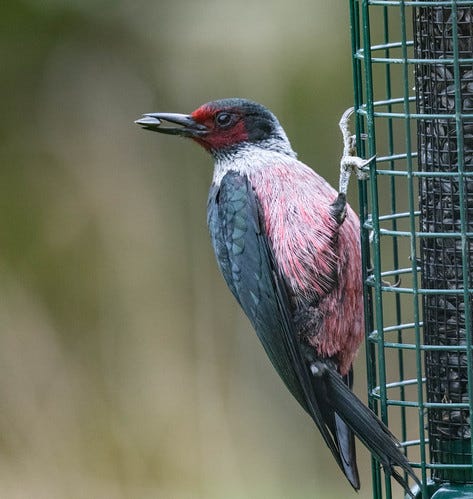
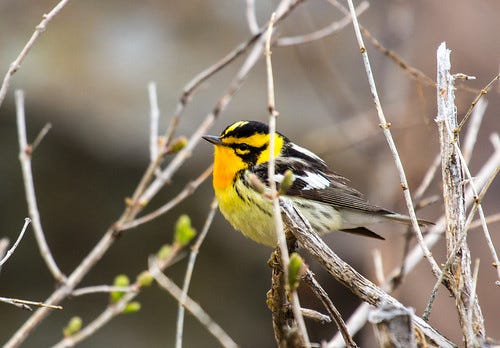
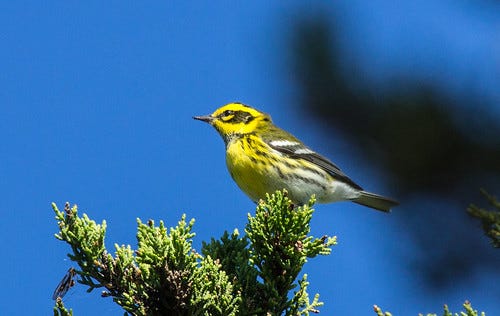
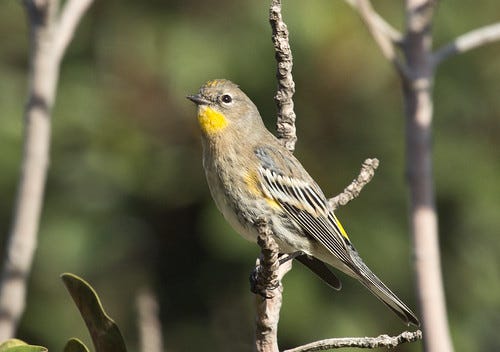
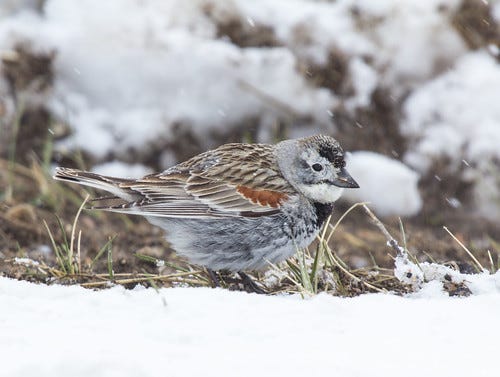
Fantastic news! Thank you for putting into words exactly why this move is the right thing to do. Keep writing and I’ll keep reading.
You are making a positive difference in this world. Thanks for always speaking for the birds.
Very interesting! I think possibly people don't realise how fluid bird names have been over the years. Who today can tell you what a Chatterer is? Or the Rice Bird? Or the American Sparrowhawk? Audubon gave many of the birds he painted different names from the ones we use now, including these three (waxwing, bobolink and American Kestrel, in case anyone is interested). The original penguins were the unrelated and now extinct Great Auks. So there is nothing new in changing the name of a bird, although it probably happened more organically in the past.
If I ruled the world, I would also get rid of 'American' from the names of birds that are not closely related to their European counterparts, for example, American Avocet is fine, American Redstart is not. In French the redstart is "paruline flamboyante" - Flamboyant Parula. Doesn't that fit the bird perfectly?
Thanks for all your columns. I look forward to them.